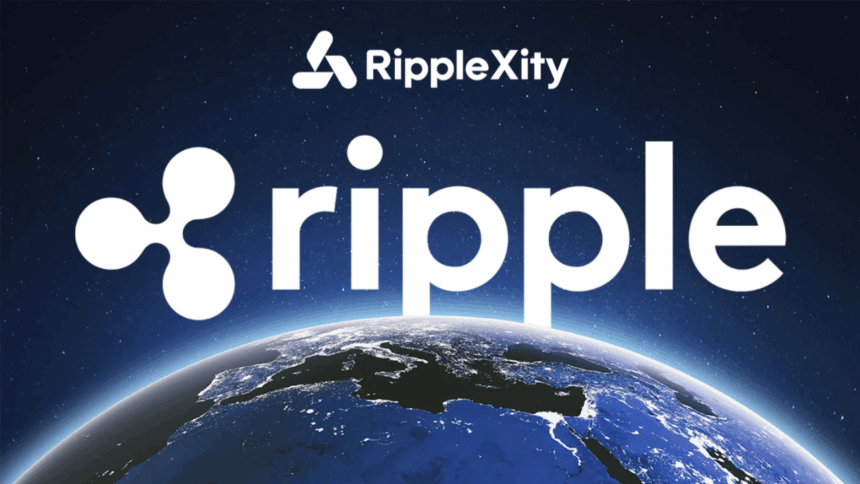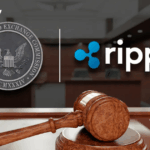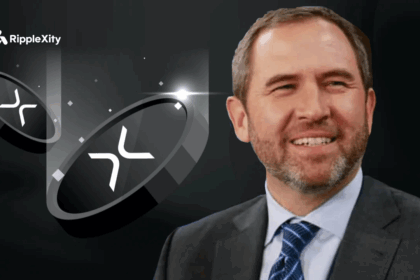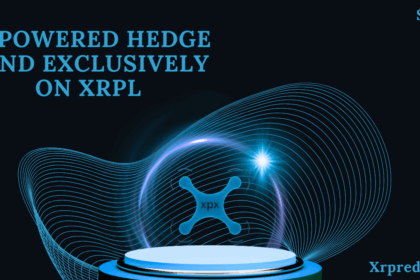Ripple’s strategic focus is undergoing a transformative shift—from purely cross-border payments to a full-scale institutional-grade infrastructure for real-world asset (RWA) tokenization. This article dissects Ripple’s move toward building an enterprise-first layer-1 blockchain powered by the XRP Ledger (XRPL), while analyzing the tech, partnerships, and market positioning that set it apart.
1. The Institutional Vision: Beyond Remittances
While RippleNet originally targeted financial institutions for faster, cheaper remittances, the scope has significantly widened:
- Ripple is onboarding real estate registries, capital markets, and stablecoin issuers.
- With the launch of RLUSD, Ripple’s entry into stablecoin territory formalizes its vertical integration of financial products on XRPL.
This is no longer just a payments company—it’s an enterprise-grade financial protocol provider.
2. XRPL as an Institutional RWA Blockchain
Ripple is engineering the XRP Ledger as a dedicated Layer 1 blockchain for regulated RWA tokenization:
- Built-in tokenization primitives like issued currencies (IOUs), trustlines, and the decentralized exchange (DEX) are native, not added via smart contracts.
- Unlike Ethereum, which depends heavily on third-party smart contract standards (ERC-20, ERC-721), XRPL is protocol-level by design, eliminating critical vectors for exploits.
The benefits:
- Faster finality (3–5 seconds)
- Minimal fees (fractions of a cent)
- Energy efficiency, due to consensus over proof-of-work
3. Case Studies: Real Estate & Capital Markets
a. Dubai Land Department (DLD):
- Chose XRPL to tokenize property title deeds
- Partnership with Ctrl Alt and Prypco Mint
- Enables fractional ownership with minimum investment of AED 2,000
- Estimated market: AED 60 billion ($16 billion) by 2033
b. Ripple’s Investment in Tokenized T-Bills
- Invested $10M in tokenized US Treasuries via OpenEden
- Added $5M into a tokenized money market fund by Abrdn
Ripple is enabling regulated financial instruments on-chain—without needing Ethereum, Solana, or third-party L2s.
4. The Stablecoin Stack: RLUSD
Ripple’s newly announced stablecoin RLUSD is backed 1:1 by U.S. dollar deposits and short-term U.S. treasuries:
- Targets institutional settlement flows
- Aims to complement, not replace, XRP
- RLUSD for payments, XRP for fees and liquidity
- Both settle within XRPL’s native architecture
Ripple now owns the full stack—messaging, liquidity, stablecoins, and settlement.
5. Regulatory Momentum & Licensing
Ripple’s institutional pivot wouldn’t be possible without regulatory wins:
- Secured licenses from Dubai Financial Services Authority (DFSA), Monetary Authority of Singapore (MAS), and New York Department of Financial Services (NYDFS)
- Ripple’s acquisition of Hidden Road (pending confirmation) potentially integrates it into a $11T/day U.S. settlement network (FICC)
These moves signal regulatory legitimacy and deep capital market integration.
6. XRP’s Role in Institutional Liquidity
XRP isn’t being sidelined—it’s being specialized:
- Used for on-demand liquidity (ODL)
- Burned for every transaction fee
- Trade pairs: USD/XRP, GBP/XRP, EUR/XRP
While RLUSD handles payments, XRP underpins the network’s economic engine—securing it with anti-spam fees and decentralized routing.
Conclusion: Ripple Is Building Wall Street 3.0
Ripple is no longer just a cross-border money transfer network—it’s constructing Wall Street 3.0 on the XRPL:
- Real estate tokenization
- Government-approved stablecoins
- Institutional trading rails
- Decentralized settlement with deterministic finality
It’s no longer just “Ripple vs. the SEC.”
It’s Ripple vs. legacy financial infrastructure—and they’re not just catching up.
They’re replacing it.










